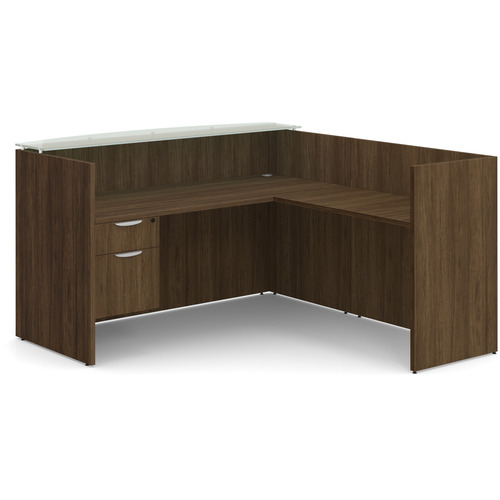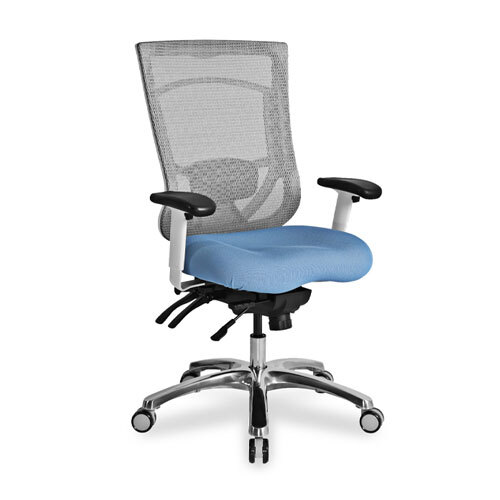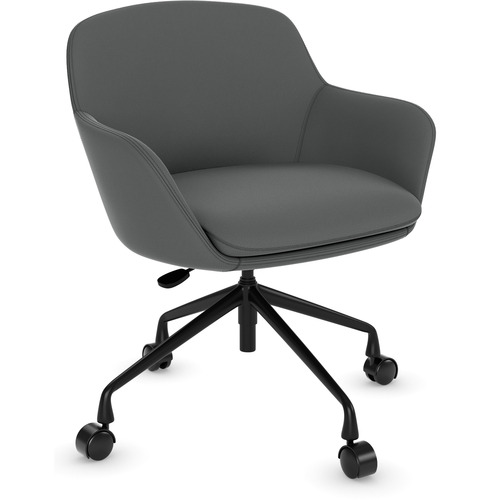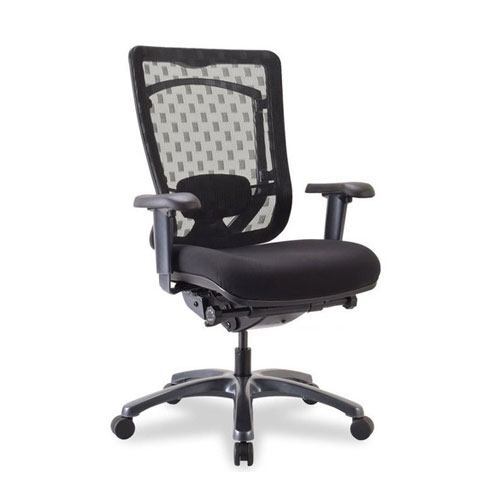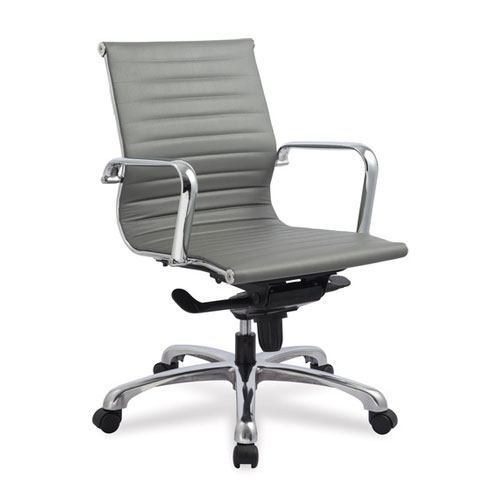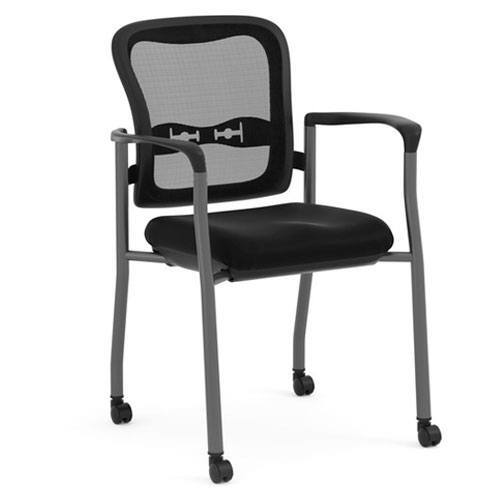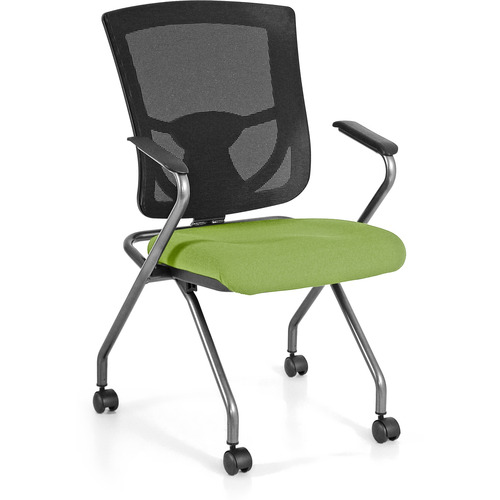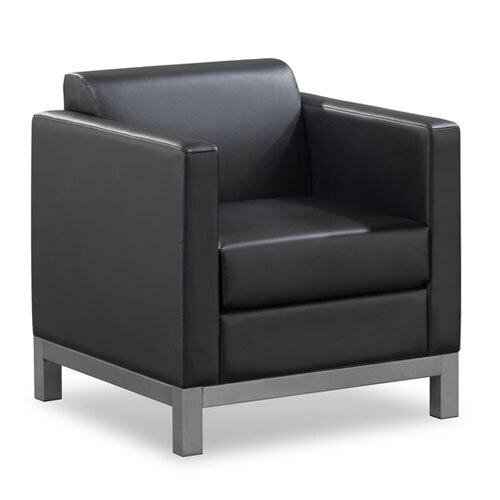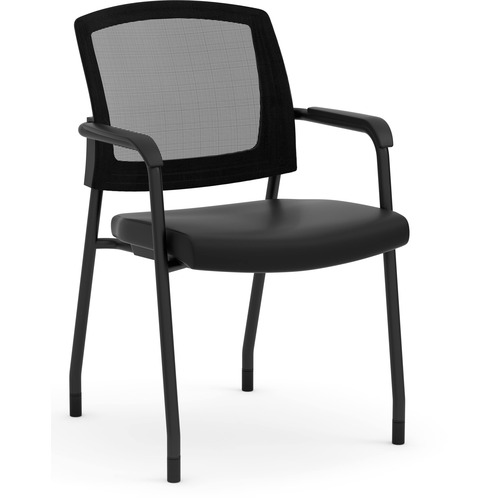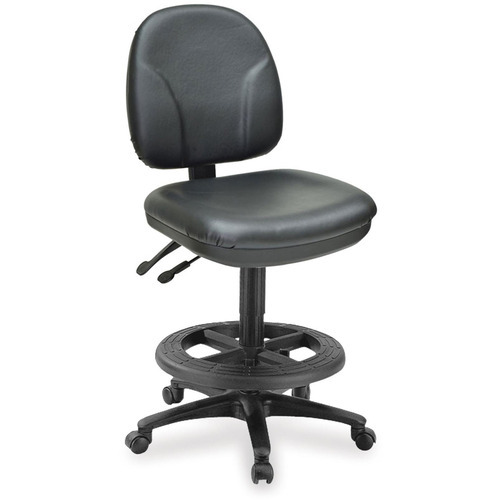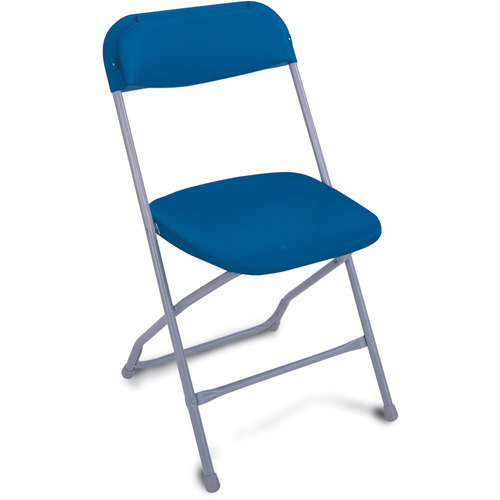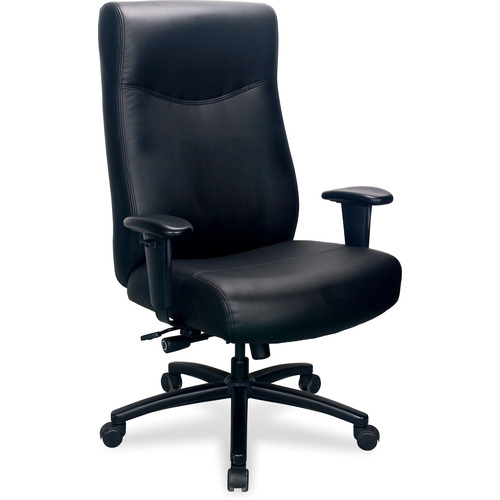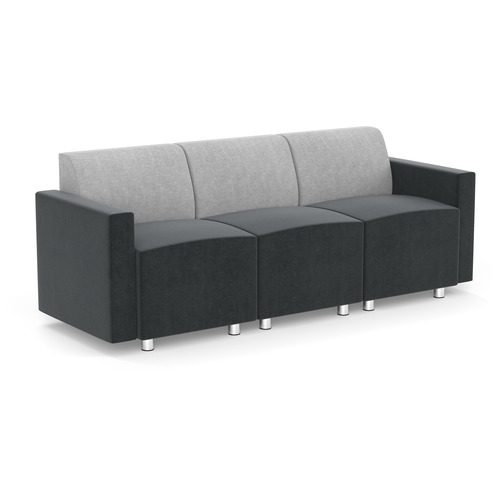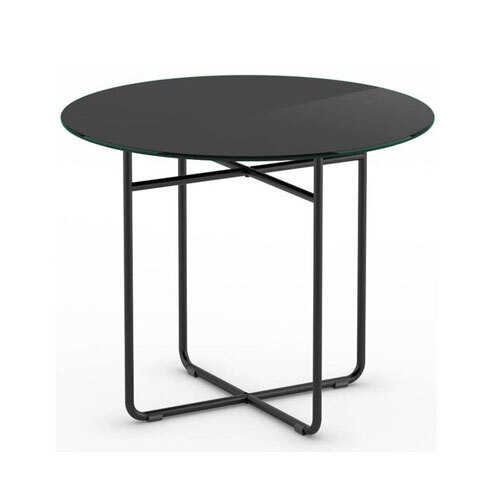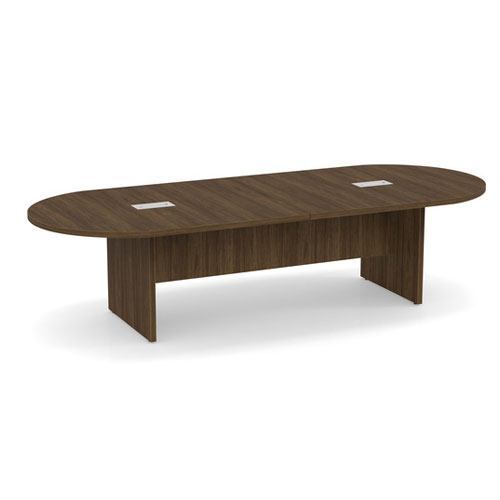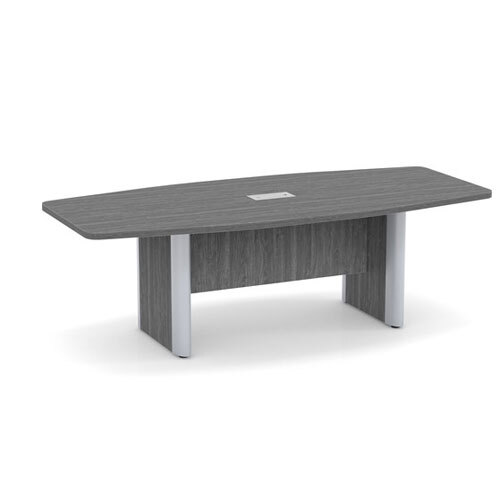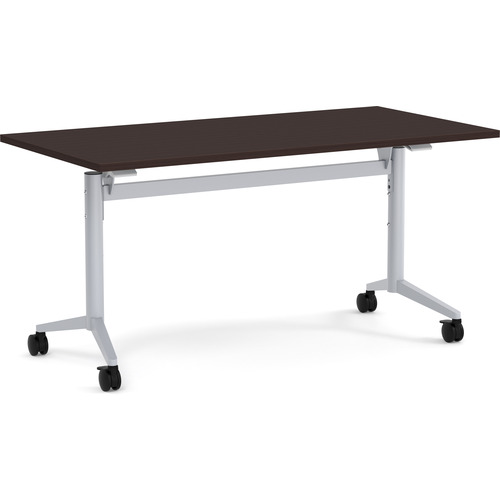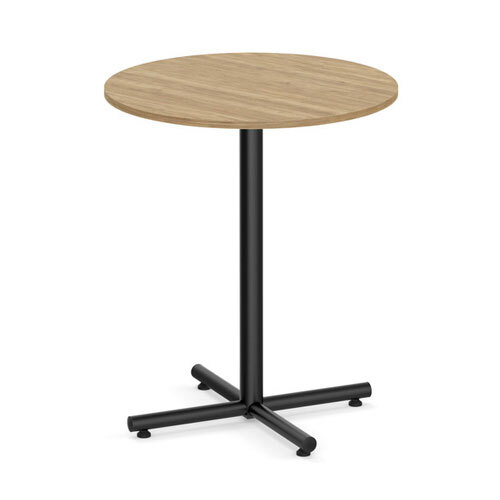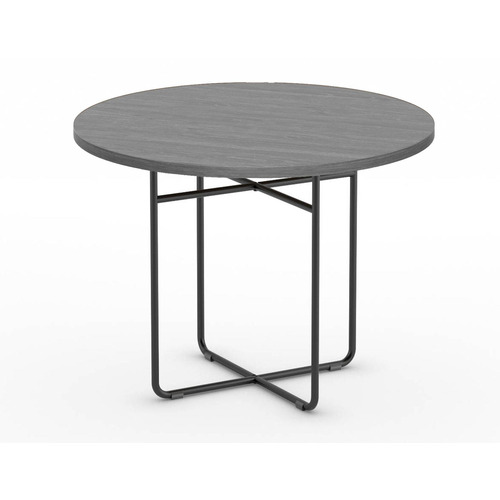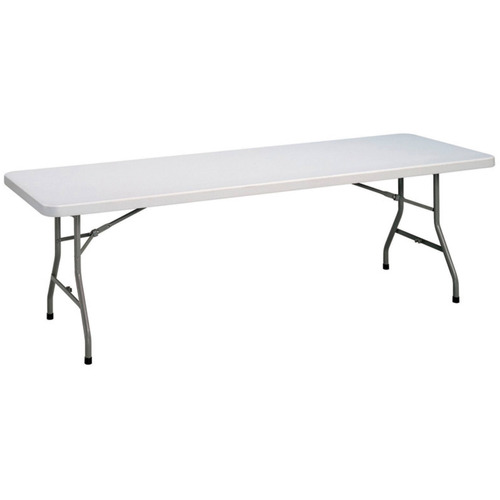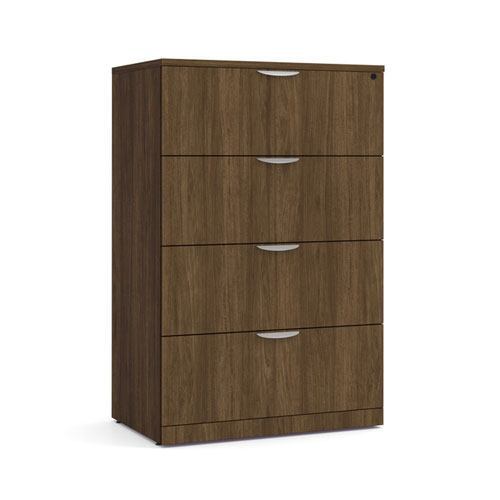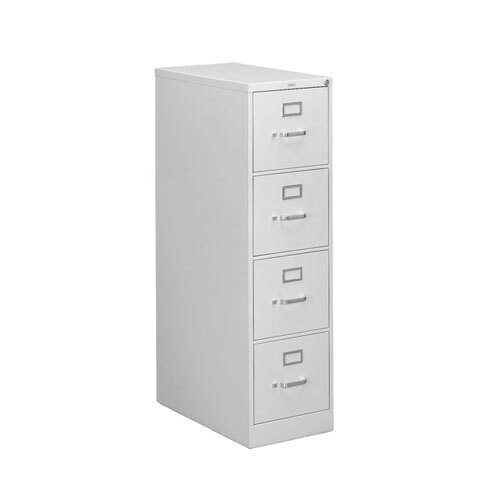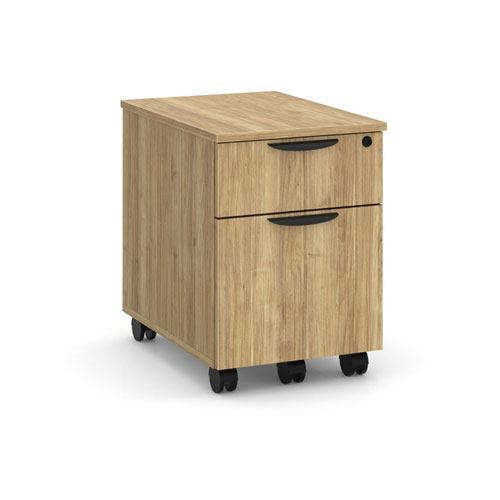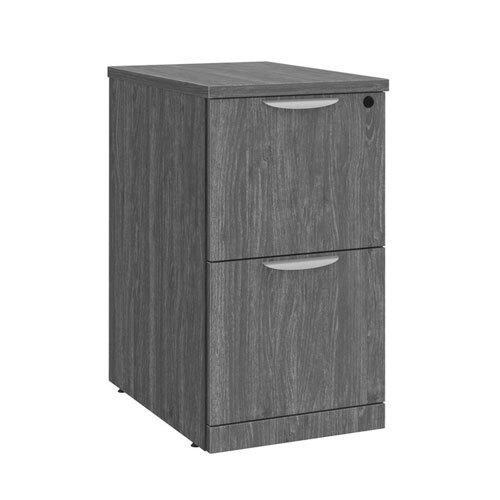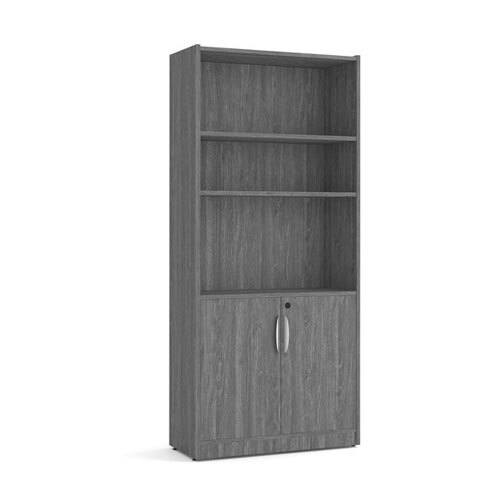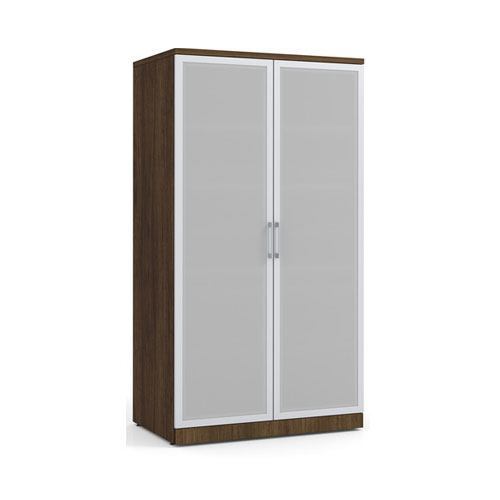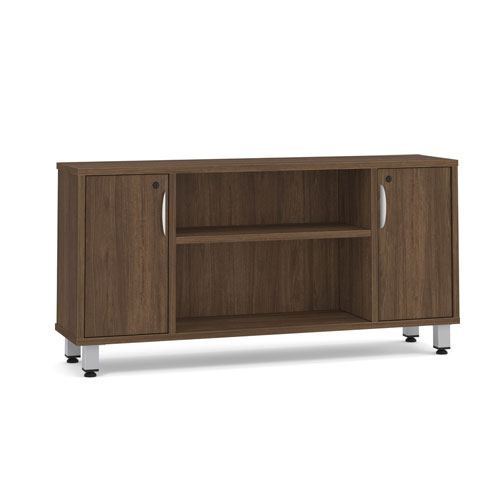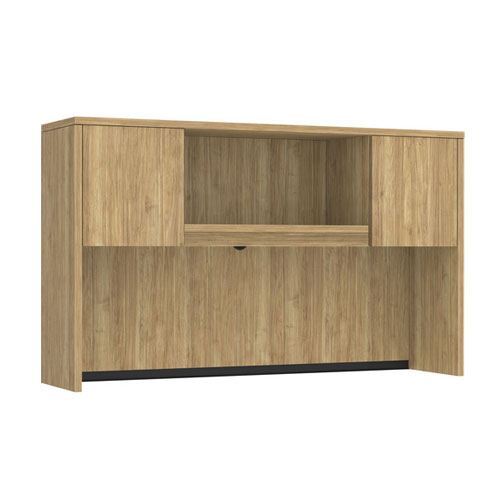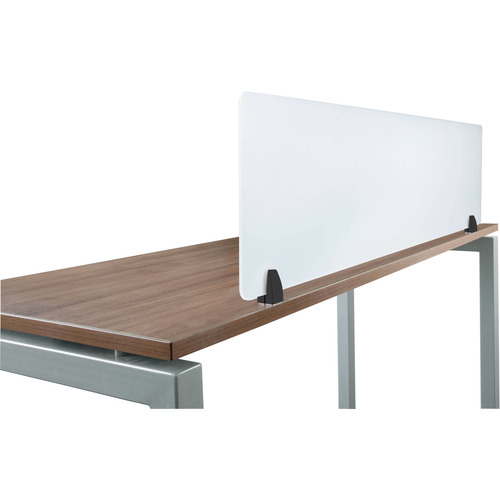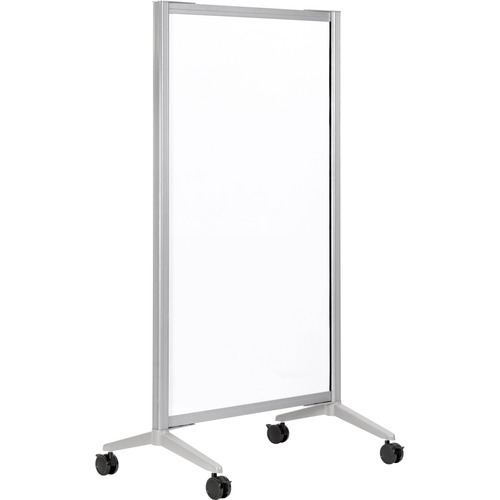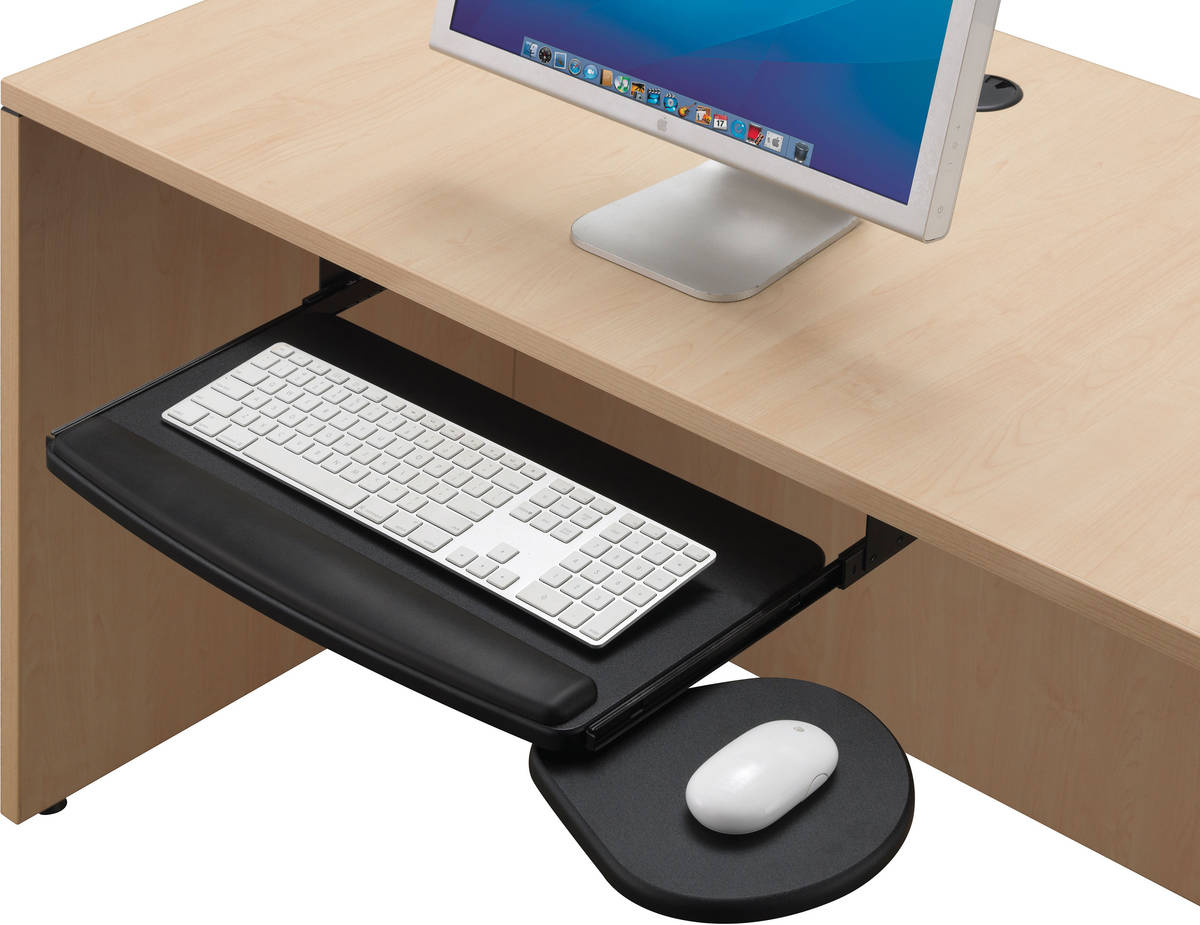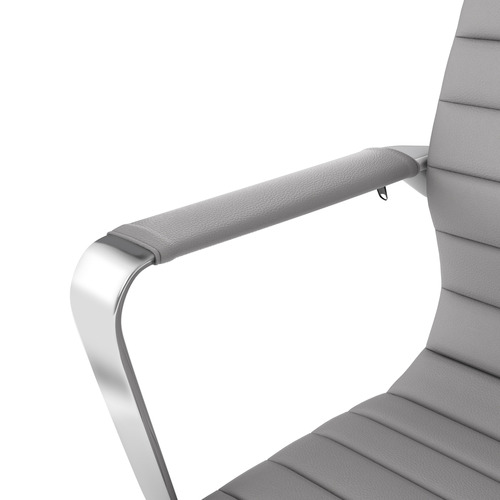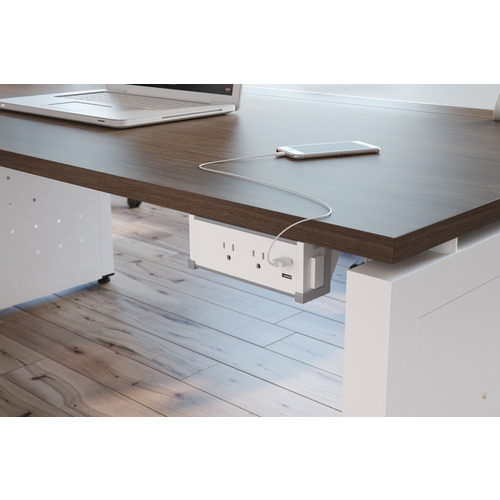Office Chairs and Seating
Office Chairs and Seating
How many hours of your life do you spend sitting in an office chair? If you’re working a regular 9 to 5 job, it’s one-third of your life during the workweek. More, if you go straight from Net30 to Netflix once you’ve clocked off. That’s more time sitting than most people spend sleeping!
Finding the right chair, then, is imperative to the comfort of the person sitting in it, whether they’re watching a webinar or watching a stream.
And it’s not just the personal desk chair that makes an office function effectively. Reception chairs to welcome guests to the office, executive chairs to make a statement about the person sitting in it, guest chairs to accommodate colleagues and guests, meeting chairs to spark collaboration, and break chairs to help staff relax and recharge all play important parts in making an office work.
Beyond simply providing a place for us to sit down, chairs play an important part in the look and design of an office. Bright pops of colour in a chair could brighten up an otherwise neutral colour scheme in the office, and the look of reception seating can make or break first impressions for new or prospective clients. A soft, cushiony series of couches tell employees that they are encouraged to get comfortable and interact in a more spontaneous, relaxed manner. And boardroom chairs that aren’t comfortable could make meetings feel more excruciatingly lengthy than they already are (or perhaps encourage short meetings, if that’s your purpose).
Chairs – especially soft seating like those found in reception areas – can also be arranged to fill in otherwise empty spaces in corners and in the middle of the room. They make a statement about the office and the people who occupy it. Although it might seem like a simple product, the office chair is anything but.
Types of Office Chairs and Seating
At first glance, all office chairs may look similar, but they fulfill different needs and therefore have different features, details and appearances. Major categories of office chairs include:
Task Chairs
When people talk about office chairs, they’re mostly likely referring to task chairs. Specifically developed for comfort and mobility, tasks chairs are meant to support office workers for the entire day. Therefore, they come with more adjustments and ergonomic features, and are on wheels so people can easily reach things they need without having to get up.
Task chairs usually come with fabric seats and mesh backs for comfort and breathability, so the people who sit in them can stay cool throughout the day.
Executive Chairs
While task chairs are mostly designed for comfort and function, executive chairs are designed for impact while keeping form and function in mind.
So named because they are used mostly by executives and higher-level employees, executive office chairs tend to be made of more premium material such as leather or bonded leather. They have full, high backs, and generally have more cushioning for all-day comfort for people who tend to spend long stretches of time sitting in meetings. While executive chairs may not make meetings feel less interminable, they at least provide comfort for those days packed with back-to-back meetings. Tall and authoritative, they make a statement about the person sitting in it.
Because executive chairs tend to be larger and cushier than task chairs, they also make a great option for people who want the extra room and comfort.
Mesh Chairs
While the other chairs on this list are named for their function, mesh chairs are named after the material used for the upholstery. Instead of plastic, leather or fabric forming the back and seat, mesh chairs use a breathable membrane stretched across a metal or plastic seat or backrest frame. Due to the breathability and suppleness of the mesh, these office chairs provide back and seat support while keeping the user cool throughout the day.
Mesh office chairs can be fully mesh, with both the seat and backrest made of the material, or partially mesh. Most combination mesh chairs have a mesh backrest and a foam seat upholstered in fabric or leather.
Reception Chairs and Seating
The reception area provides your customers and clients with their first impression of your office, so it’s important to furnish it with seating that’ll leave them with a great impression.
Reception office seating includes guest chairs or soft seating such as couches and armchairs. Because they can be highly used with multiple people sitting on them every day, it’s important that they are durable and easily cleaned.
Boardroom Chairs
The boardroom or conference room is where deals are made and collaboration happens. Whether your conference room only fits a few people or is big enough to host a summit, the seats at the table can make or break a meeting.
Because they are only used intermittently and by different people, boardroom chairs come with fewer adjustments than a task or executive chair, since they don’t need to be personalized to fit a particular person.
Guest Chairs
Guest chairs can be used in a personal office, for anyone visiting a manager or someone with their own office, or in a reception area.
Because they’re not meant to be used for long stretches at a time, they tend to be simpler, with little or no adjustments, and no mobility. If the chairs have arms, they are generally not adjustable or removable.
Folding, Stacking and Nesting Chairs
Folding, stacking and nesting chairs are used only occasionally, usually during infrequent meetings or fireside chats, or other occurrences that don’t happen often. Very often, these meetings tend to include a large number of people who need temporary seating. When they are not in use, these chairs can be stacked, folded or otherwise tucked away to save space until they need to be used again.
Industrial and Specialty Seating
Specialty professions require specialty seating. From drafting chairs to gaming chairs and file stools, seating options exist for people who are performing a specific task in the office (or online).
Ergonomics of Office Chairs
Working a sedentary job can be tough on your body. Sitting in an office chair for multiple hours a day can result in neck and back pain causing discomfort at work. That’s where the study of ergonomics comes in play. Ergonomic office chairs are designed with users first and are constructed to ensure that the human body is positioned in the most efficient and safe way. While there are many factors that contribute to perfecting ergonomics in the workplace, office chairs play a big role in providing a healthy level of comfort and support, while ensuring your posture is at its best.
An ergonomic office chair supports the natural curve of your spine. This is achieved through padding placement and moulded designs that support your upper back and lumbar, limiting the amount of pressure and stress placed on your back. Ergonomic office chairs also come with adjustment settings that cater to your individual needs. Seat position, tilt, and height are common adjustment settings among ergonomic office chairs. They ensure that your seating position is the most optimal for your body, so you can enjoy pain-free seating.
Combined with other ergonomic best-practices, such as monitor height, arm and wrist placement, foot rests, and more, ergonomic office chairs have a positive impact on your body and productivity at work.
Anatomy of an Office Chair
No matter what type of office chair you’re looking for, they all have similar parts. What shape those parts take, what material they’re made of, and whether you have them at all depends on the type of office chair you’re looking for.
Back
The backrest of an office chair supports the back of the person sitting in it. In basic guest chairs, the backrest is simply there to provide something to rest and relax against. In an ergonomic chair, the backrest is a vital part of maintaining comfort and good posture throughout the day. And in stools and other specialty chairs, a backrest may not be present at all.
Seat
Since a chair is built for sitting, the seat is the most important part of any chair. Materials can be moulded wood or plastic, foam upholstered in leather or fabric, or mesh stretched across a plastic or metal frame.
In personal office chairs, seat depth and width are crucial to a comfortable, all-day seat. A seat depth that is too shallow leaves part of the thigh unsupported, while a seat depth that is too deep extends the legs uncomfortably. Similarly, a seat that is too wide or not wide enough would not comfortably form around the body for full support.
Headrest
Many ergonomic office chairs come with a headrest attached, or an optional headrest that can be attached to the back. Headrests provide support for your head to encourage an upright posture rather than hunching or leaning forwards. Because headrests are meant to support all-day comfort, they tend to be present only in personal chairs such as task chairs or executive chairs.
Armrest
Office chairs with armrests provide support for the upper limbs, neck and shoulders, thereby reducing pressure on the lower back. With a focus on supporting the upper torso, armrests work with other ergonomic features to encourage good posture and prevent carpal-tunnel syndrome. Armrests can be found on personal office chairs, where they are often adjustable for height and depth, and on guest and boardroom chairs, where they’re usually attached to the seat.
Legs/Base
Office chair legs can be made of plastic or metal, and fixed – intended to stay in place or moved infrequently – or mobile on casters, in which case they’re called a base. In either case, they’re the part of the office chair responsible for keeping the person sitting on it from falling down. As such, they need to be strong and stable enough to support whoever’s sitting on it.
What to Consider When Buying an Office Chair and Seating
Multiple factors go into picking out the perfect office chair. To help you narrow down your options, consider the questions below:
Who Is It For?
Is this office chair for one specific person, or will it be used by multiple people? If it’s meant to be someone’s personal chair, it makes sense to invest in one with adjustments that can be used to support that person’s specific body. Such adjustments can include lumbar support, seat height and depth, armrests and headrest. You’ll also probably want it to be on wheels, so the person sitting in can move, shift, adjust and mobilize as needed, especially if they’ll be in that chair for long periods at a time. For people who are need more support, big and tall chairs can accommodate larger sizes.
How Often Will It Be Used?
If the office chair will be in use for the entirety of the workday – eight hours a day, five days a week – you’ll need durable material, especially on the seat. This is where the rub test, or rub rating, comes in. Used as a method to test the durability of the material, the rub test involves a specialized machine vigorously rubbing the material to simulate a person sliding onto the seat. The rating represents how many times this can happen before the fabric starts to peel or fray. The higher the rating or number, the more durable the seat. If the chair is only occasionally used, the rub rating and durability aren’t as critical as other factors.
Where Will It Be Located?
For office chairs located in high traffic areas and used frequently, it’s important that they have anti-microbial properties or are easily cleaned.





